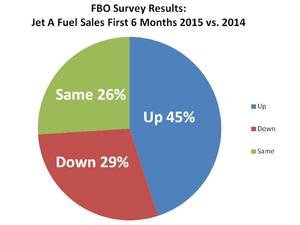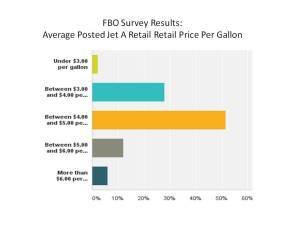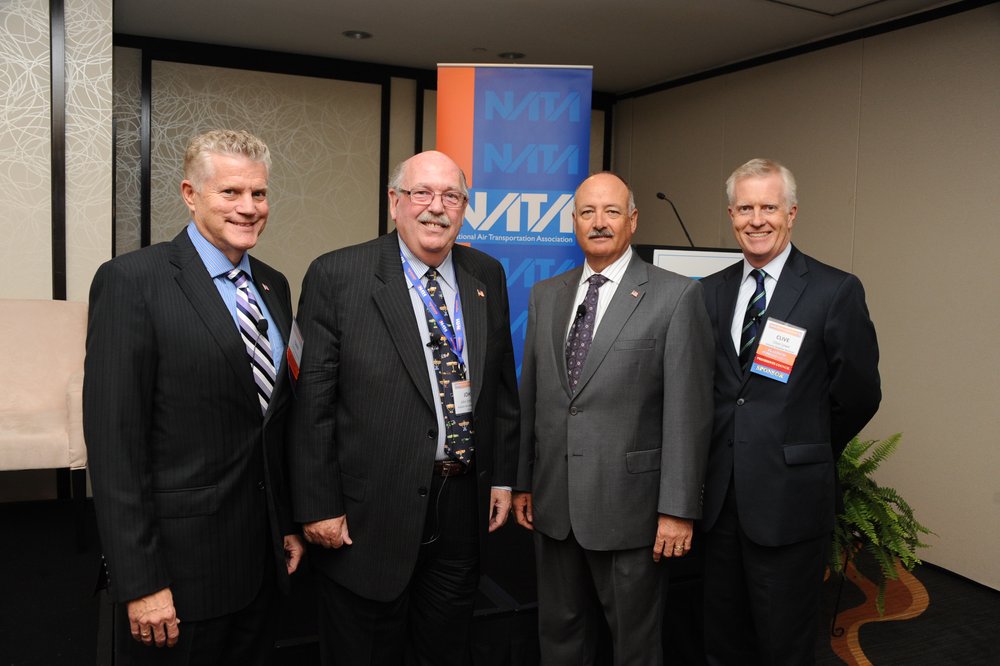By John L. Enticknap and Ron R. Jackson, Principals, Aviation Business Strategies Group
In our last two blog posts, we reported the results and findings from our Mid-Year FBO Fuel Sales Survey. For this blog post, we look at the answers from a write-in question we asked in our survey:
What has been your biggest challenge so far in 2015?
With a nod to David Letterman’s Late Night Show Top 10 List, we’ve compiled our own list based on our survey results and named it the Top 10 Challenges FBOs are Facing in 2015, and offer a little sage advice.

No. 10: Contract Fueling. Not surprisingly, this topic made the top ten list. This subject has been discussed and debated many times in various forums including the NATA FBO Success Seminar. Our tip to FBOs struggling with this topic is to stay in your comfort zone with your margins, establish your own FBO contract sales price and offer this to your contract customers. Do your homework and track your contract sales. Did you sell more with a great discount?
No. 9: Managing your fuel inventory. Don’t get caught short. Develop daily dashboard reports to keep track of what’s in your tank. Check fuel prices on Thursdays to spot trends and to order fuel for Monday delivery if the prices are going up on Tuesday.
No. 8: Filling empty hangars. This is a constant challenge for many FBOs. Be proactive in identifying potential hangar prospects within a 50-mile radius. Use your flight tracking program to attain aircraft registration info. Put an attractive incentive package together, pick up the phone and call for an appointment. Also, visit neighboring airports and make cold calls. Know the costs of your hangar facilities.
No. 7: Fluctuating Fuel Prices. Welcome to the new normal. Our advice is make sure you keep track of the various price of loads that are in your tank. Be consistent with the margin you want to achieve relative to selling off your old inventory and adding new. Platts-based fuel pricing data changes on Tuesdays for most FBO fuel contracts.
No. 6: Runway closures. This is obviously a problem that’s out of your control. Use down time to maintain ground equipment, train staff and freshen up the lounge area.
No. 5: Weather. This is another problem that’s out of our control. However, interestingly, it’s the number five concern among those surveyed.
No. 4: High AvGas Pricing & Availability. We saw this comment many times, especially among smaller FBO operations in the Central time zone. Here is an anonymous comment submitted in the survey that sums up the situation:
“Uncertain supply issues that continue to plague delivery and pricing of AvGas. Rising prices which are counter to the price of oil and gasoline price at the pump are trends that are harming the industry as a whole, making it difficult, if not impossible to forecast sales and the future of the industry.”
No. 3: Growth and attracting more business to the airport. Although our survey showed very positive signs of growth among FBOs in larger markets, smaller FBOs pumping under 40,000 gallons of Jet A per month are mostly reporting no growth. Historically, the larger markets improve first, followed by the secondary markets. As reported in our most recent blog post, there are positive industry recovery signs in both flight hours being flown and in the United States manufacturing sectors.
No. 2: Finding and keeping qualified employees. This problem is not unique to the FBO industry. Working hand-in-hand with the local Chambers of Commerce and grass roots efforts at job fairs are critical. But perhaps more importantly is giving a potential employee a realistic look at the offered job. This may include on-the-job demonstrations, before hiring, from seasoned employees of the actual job being offered. While determining aptitude is important, assessing attitude is essential. Therefore, involve your team in the process.
No. 1: Marketing and inconsistent/low traffic counts. Attracting and waiting for new transient customers is one thing. Keeping the business you have is another. Make sure you are doing everything you can to keep your current customers. That’s worth more than spending marketing dollars to replace a disgruntled customer. It starts with a consistent customer service experience. Invest wisely by making sure your employees have good customer service skills and then lead them by example. Always ask your current customers if they would recommend you. If they hesitate, then fix the internal problem first.
What is the biggest challenge you face in the FBO business? We’d like to hear from you. Please write your comment below.
About the bloggers:
John Enticknap has more than 35 years of aviation fueling and FBO services industry experience. Ron Jackson is co-founder of Aviation Business Strategies Group and president of The Jackson Group, a PR agency specializing in FBO marketing and customer service training. Visit the biography page or absggroup.com for more background.
Subscribe:
Subscribe to the AC-U-KWIK FBO Connection Newsletter






















